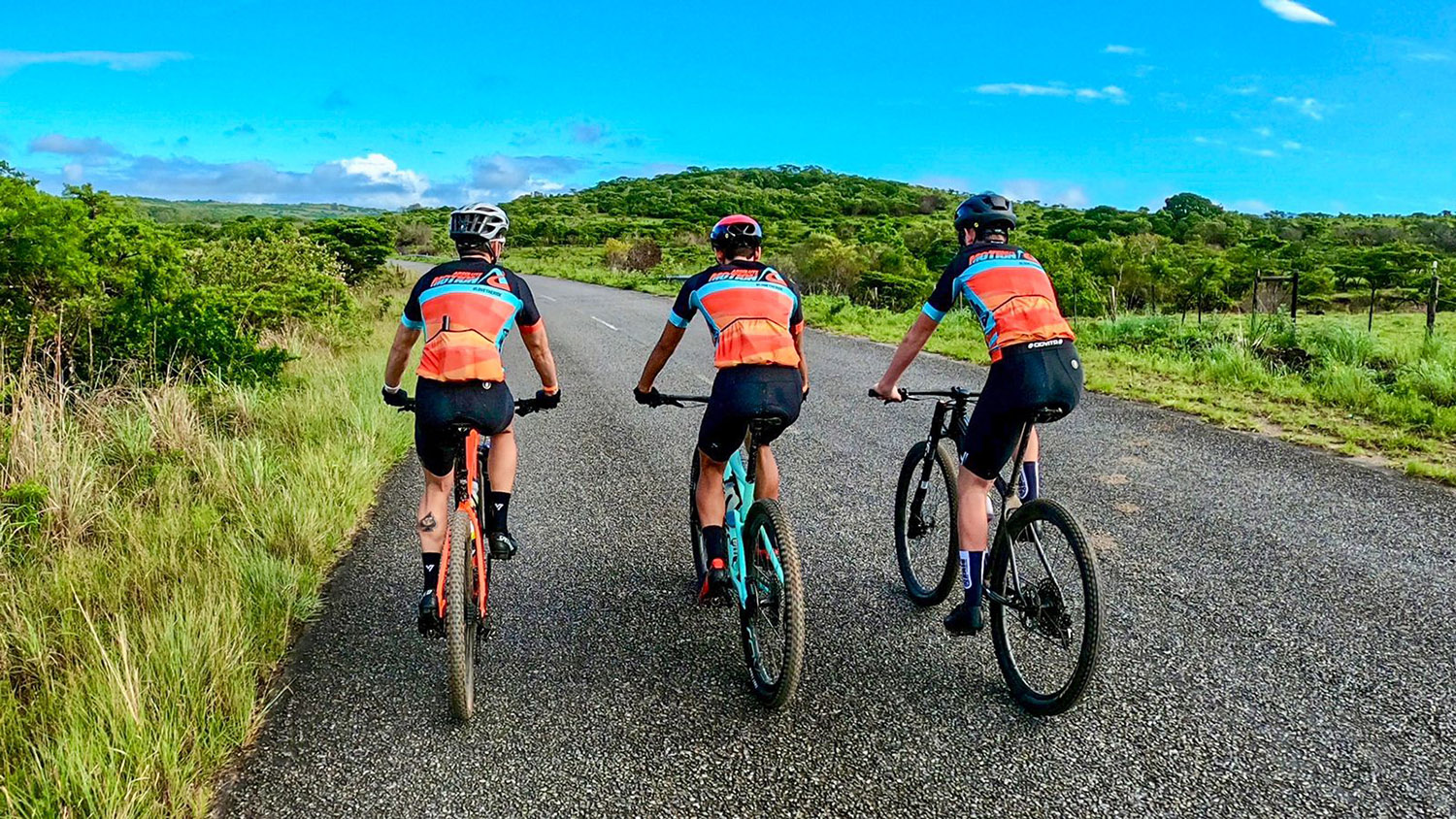
Coaching Membership Account
Please login to access your account.
See my Account
Don’t have Coaching Membership? Learn More
M

These are terms that are often used but not always very well understood and therefore this short blog, hopefully, offers a simple-to-understand explanation.

Yes, you have guessed it, the ATP-CP and Glycolytic systems are Anaerobic and Oxidative is Aerobic. Before we dive any further into this conversation it is important to understand that our bodies use all 3 energy systems simultaneously, the intensity of our effort will determine from which system the majority of the energy will come from.
The name, Aerobic or Oxidative, explains what happens here. Our bodies burn Glycogen and Fat with oxygen to create energy. Aerobic exercise is usually longer than 5 minutes and is a form of cardiovascular conditioning. It emphasizes breathing and stamina (fitness). While you exercise, the blood is oxygenated as it pumps from your heart. Aerobic training is all about cardiovascular health and this is the main reason we prescribe endurance training according to your heart rate zone 2.
Anaerobic means ‘without air’ and when our efforts are very hard our bodies use glycogen stored in the muscles to power our bodies. The ATP-CP Anaerobic system comes into play to provide immediate energy for short, very hard efforts like a jump and normally lasts up to 10-15 seconds.
The Glycolytic Anaerobic system kicks in when we have efforts above the lactate threshold which are not all-out. These efforts are typically 10 – 180 seconds long and when you reach the end of your energy supply going this hard, you will feel a burning sensation in your muscles as the lactate builds up.
All of these energy systems need to be improved if you want to become a better athlete. Training in the Aerobic zone means you teach your body how to become more efficient using the combination of fat and carbs with a healthy dose of oxygen to get you to go further and faster without fatiguing quickly.
Training the Anaerobic Systems teaches your body how to become more effective in storing glycogen in your muscles so that you can handle the hard efforts like a breakaway in a race, or punching up a steep climb on your favourite MTB trail.
Happy training and don’t skip the hard intervals.
At Absolute Motion we have been hosting regular training camps since 2014 and we always try to make our camps an...
MCC Cycling weekend | 20 - 24 September The KZN Midlands offers some of the best gravel and trail riding in our...
On the journey for a healthier lifestyle and better athletic performance, what happens in the kitchen is just as...